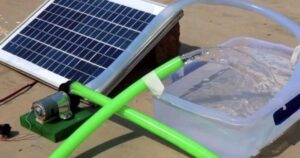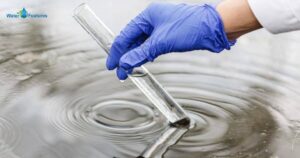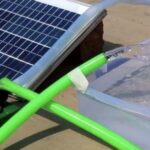The quality of your home’s tap water is important to your family’s wellbeing, with numerous studies linking contaminants commonly found in US water sources to health issues. As aging pipelines, growing pollution threats, and lax regulations impact tap water safety, many homes could benefit from a closer examination of just what’s coming out of their faucets.
Water flowing from the tap appears clean, yet an array of concerning substances from lead to pesticides could be tainting this resource we depend on. This article will explore major tap water pollutants, guide you in testing for them, suggest effective filtration solutions if problems arise, and look at the policy steps needed to truly guarantee all homes have access to clean water.
Common Pollutants and Contaminants Found in Tap Water
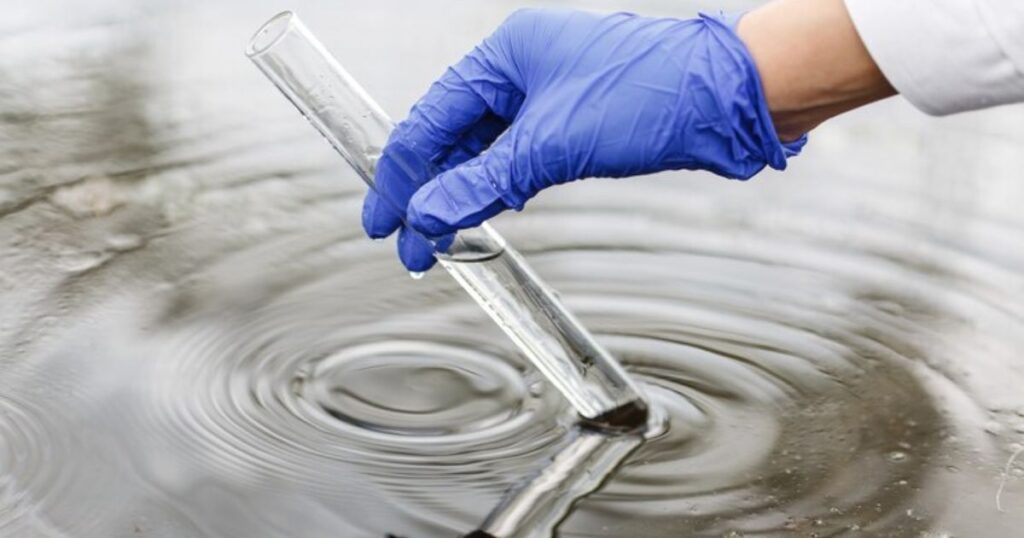
The EPA lists over 80 confirmed water contaminants regulated in public drinking water systems, ranging from naturally occurring elements to manmade chemicals. Here are some key pollutants to be aware of:
Lead
Lead rarely occurs naturally in water supplies, instead leaching from aging lead pipes and household plumbing materials. Long-term exposure can cause developmental damage in children.
Chlorine
Added to water to eliminate pathogens, chlorine can react with organic matter to form potentially carcinogenic compounds called trihalomethanes.
Fluoride
Naturally present in some water sources and intentionally added to others, fluoride protects dental health but brings toxicity risks when concentrations spike too high.
Bacterial Contamination
While water systems disinfect for pathogens, leaks, floods or other incidents can allow harmful bacteria like E. Coli or Salmonella to infiltrate tap water.
Pesticides and Herbicides
Runoff from agriculture and lawns brings traces of harmful pesticides and weed killers into many above-ground water sources.
Pharmaceuticals
From antibiotics to hormones, evidence shows a wide array of prescription and over-the-counter drugs ending up in tap water via contaminated source water.
Other Emerging Water Contaminants
Our expanding chemical repertoire continues creating new water pollutants, from industrial chemicals like PFOA to microplastics.
Health Dangers of Tap Water Contaminants
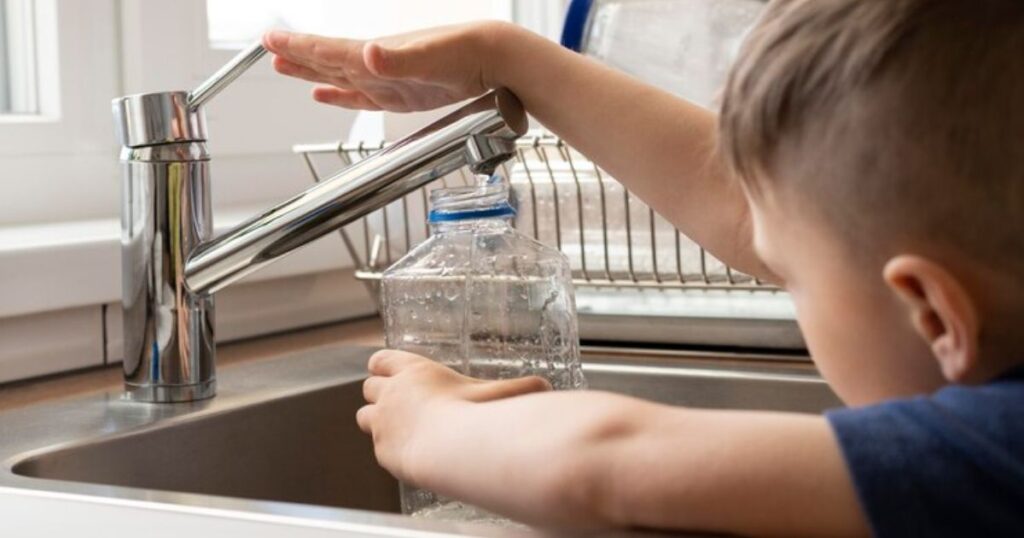
Many pollutants detected in tap water have been linked to serious long-term health impacts:
- Developmental issues in children from lead exposure
- Slowed growth and development
- Learning disabilities, attention issues and delayed puberty
- Kidney damage
- Increased cancer risk from chlorination byproducts
- Bladder, rectal and colon cancer
- Higher risk from long-term consumption
- Fluoride toxicity at high levels
- Thyroid dysfunction
- Joint pain and lowered IQ
- Skeletal fluorosis and bone fractures
- Waterborne illnesses from bacteria
- Nausea, vomiting and diarrhea
- Safety risk for vulnerable populations
- Occasional bigger outbreaks
- Endocrine disruption from drug residues
- Developmental, reproductive and immunity issues
With an estimated 16 million to 22 million Americans served by water systems in violation of health standards, vigilance over tap water risks is warranted.
Testing Your Tap Water Quality
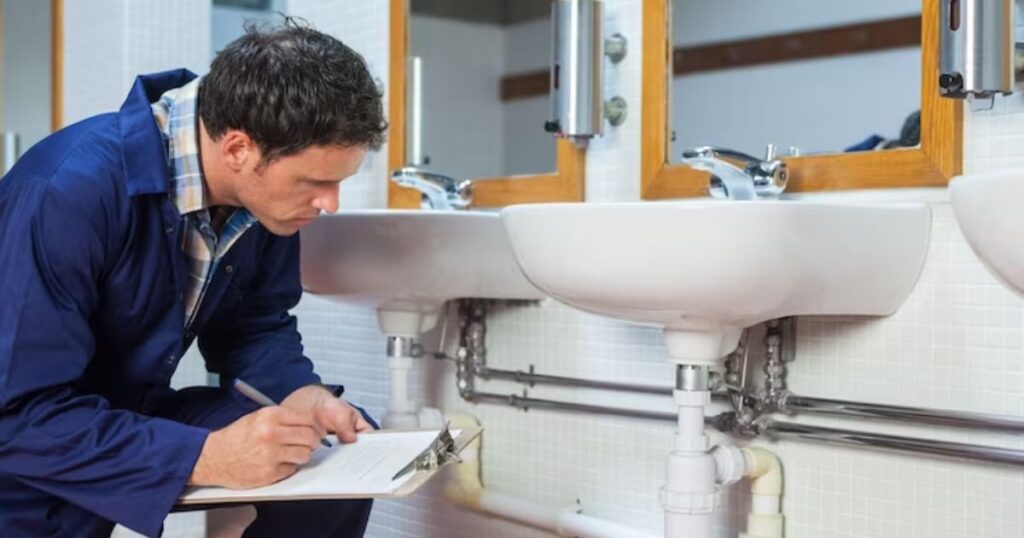
While we may assume regulators have full oversight keeping our tap water safe, gaps in funding and enforcement leave much uncertain. Testing your water quality directly is the only way to gain clarity.
Consider investing in one of the at-home water test kits now widely available:
| Test | What It Screens For |
| Basic Metals Test | Lead, copper and other metals |
| Chlorine Test Strips | Levels of chlorine disinfectant |
| Microbiological Tests | Bacteria like E. Coli |
| Chemical Screening | Pesticides, VOCs, industrial chemicals |
To look for less common contaminants like pharmaceuticals, you’ll need to use an accredited independent lab offering drinking water tests that screen for an extensive list of compounds.
Review lab reports closely to ensure your tap water meets all EPA safety guidelines for regulated chemicals while also having minimal traces of unregulated emerging compounds. Pay special attention to any children or pregnant women in the home, as this group faces higher risks from contaminants like lead and fluoride.
Effective Water Treatment Solutions for the Home
If testing reveals contaminants in your tap water, it’s best to consider adding extra filtration systems as a safeguard for your household. Here are reliable home water treatment options capable of removing a broad spectrum of pollutants:
Whole House Water Filtration
Installing a water filter at the main entrance line for your home’s water ensures all taps benefit from contaminant removal. Filters certified to remove cysts and chemicals are recommended. This protects your entire water supply including water used for showering and bathing, removing skin exposure risks.
Reverse Osmosis Filtering
Under sink reverse osmosis systems provide the most thorough filtration for just your drinking and cooking water. They strip water down to its purest H2O form, removing metals, microbes, pesticides, drugs and more.
Activated Carbon Filtration
Prized for their versatility, activated carbon filters use porous material to capture all types of organic pollutants through adsorption. They are affordable and work well for a broad range of contaminants.
UV Light Sterilization
Ultraviolet light treatments inactivate disease-causing pathogens in water by disrupting their DNA. They provide extremely effective microbiological disinfection.
Water Softeners
Where hard water mineral levels are high, a whole house water softener can make water safer by removing excess magnesium and calcium ions linked to heart issues and other problems. Softeners leave water with a more balanced mineral profile.
Every home’s needs are unique, but combining a highly adsorptive carbon prefilter with a sterile reverse osmosis drinking water unit can cover all the bases for most urban tap water issues. Consult manufacturers to match filtration capabilities to the specific pollutants detected in your household’s water.
Assess whether your whole water supply needs filtration or if a drinking water unit meets your needs before selecting systems.
Ensuring Access to Clean, Contaminant-Free Water
While household-level water treatment offers a firewall protecting families from tap water risks, broader public policy solutions remain imperative so all consumers have safe water flowing from their faucets to begin with.
Pollution regulations must continue expanding and also strengthen enforcement on major water contaminant sources like factory and energy production emissions, concentrated animal feeding operations, hazardous waste sites and the use of harmful pesticides.
Funding is needed to accelerate replacements for the estimated 6 to 10 million lead service lines still connecting older homes to public water supplies across the US.
Upgrading treatment methods via enhanced filtration techniques, alternative disinfectants, and comprehensive contaminant monitoring would enhance many existing public systems currently overwhelmed by polluted source water, outdated equipment and shoestring budgets.
We must regard the assurance of clean, contaminant-free public drinking water to every home regardless of zip code as a basic human right. Through citizen advocacy and voting choices that support clean water access, we can implement systemic changes to safeguard this vital resource for all.
Knowing exactly what’s in your home’s tap water equips you to judge potential health risks for your family and whether to filter or further treat it. As emerging contaminants continue entering our water supplies through lack of oversight, having home water testing and treatment solutions in place serves as a prudent safeguard for our wellbeing.
Conclusion
In conclusion, the analysis of common pollutants in US tap water reveals alarming health risks, from lead-induced developmental issues to chlorine-related carcinogens. The prevalence of pharmaceuticals, pesticides, and emerging contaminants necessitates vigilant monitoring. With millions exposed to substandard water, individual testing becomes imperative. Home water treatment options, such as whole-house filtration and reverse osmosis, offer effective solutions to safeguard against a broad spectrum of pollutants.
However, systemic changes, including robust pollution regulations, infrastructure upgrades, and public policy initiatives, are essential for ensuring universal access to clean, contaminant-free water—a basic human right that demands collective advocacy and civic engagement. In a world of evolving water quality challenges, informed homeownership empowers individuals to protect their families and contributes to a broader movement for systemic change in water safety standards.


